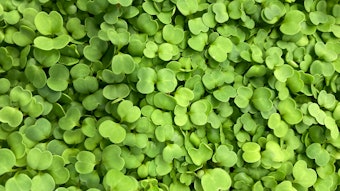See the complete article in our August 2013 digital magazine.
Formulators of natural personal care products have the same lament as Kermit the Frog—i.e., “It’s not easy being green.” So before proceeding into the ever-unpredictable product development process, claims must be established as to what the final product aims to fulfill—especially in order to direct efforts toward the desired “green” claim for sustainable, natural, organic, etc. Boundaries must be defined and agreed upon, including what guidelines should be followed if a consensus does not yet exist among all the stakeholders. Agreement should even be reached within one’s own development group by asking: What do our customers want? What are our competitors doing? What do our suppliers recommend? What do the regulatory agencies tell us? Reviewing the available resources and examples to assess varying perspectives can provide an overall picture and assist in forming a consistent internal philosophy for future planning.
Planning Resources
Clearly, making choices early in the product development process eliminates midstream changes that can derail a smooth ride to the goal, and resources such as The Twelve Principles of Green Chemistry1 can help in product planning. For instance, with the industry already under scrutiny by consumers, colleagues and regulatory agencies worldwide, cosmetovigilance2 using and designing safer ingredients and products is key. Three additional green chemistry principles that surface are designing for energy efficiency (i.e., reducing one’s carbon footprint), using renewable feedstocks such as sustainable vegetal derived ingredients, and designing for biodegradation.










